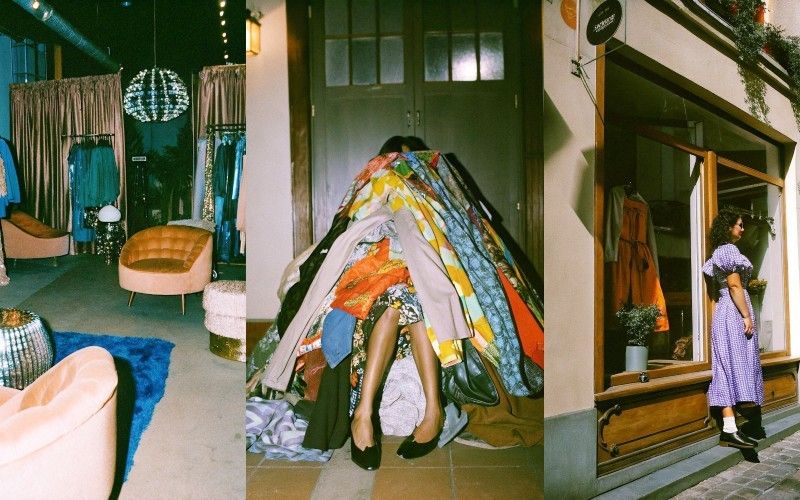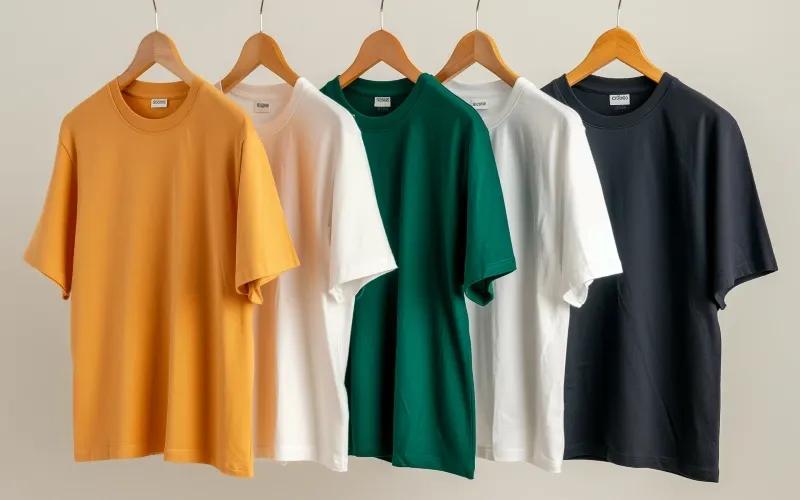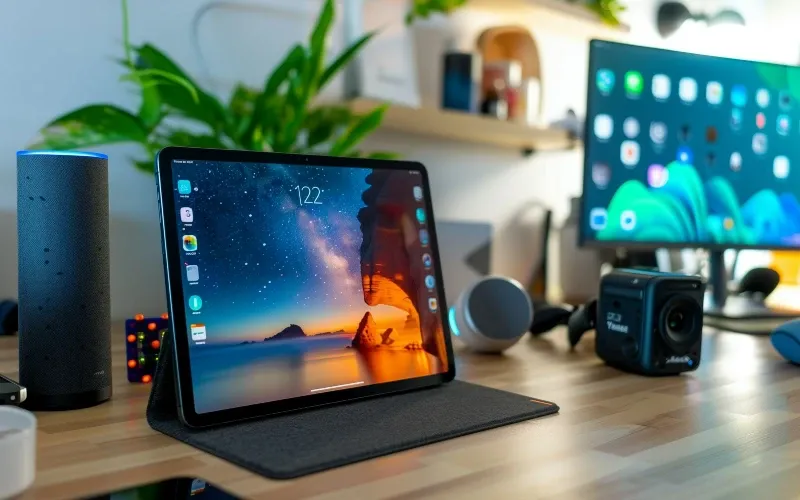The Evolution of Second-Hand Shopping: A Historical Perspective

Today, buying and selling second-hand, used and preowned bits and bobs is part of our everyday fabric. Even the big high street chains have pre-owned clothing sections, and the Internet is teaming with online marketplaces where everyone can sell anything to anyone. Of course, things weren’t always this rosey in the pre-owned world. You wouldn’t have to take your Delorean Time Machine back far to find a very different attitude to the idea of buying someone else’s hand-me-downs. Which leads us nicely into the question how has the second-hand changed over history?
The barter economy
The whole second-hand thing is probably older than you think… a LOT older. In fact, at one point, that’s almost all there was. Scholars suggest the barter economy dates back as far as 6000 BC and began in Mesopotamia. Back then, there was no formal or fiat currency. So, every trade or barter made involved each party putting up something of value against something they wanted. We have no real way of knowing what folks trading where, but logic dictates that well-made clothing would have been an important commodity and trading one’s possessions including clothes was commonplace.
The arrival of fiat
The barter economy continued throughout history and indeed it’s still an important part of trade today, but, in the 13th century, the Chinese introduced the first real non barter currencies. Fiat is a Latin term meaning ‘let it be done’ and today is used to describe currencies which are backed by government reserves. As time went on, more and more civilisations and people adopted the idea of a central currency and tokens that come with it. Unlike barter trade, these tokens themselves don’t have any intrinsic value, they have no physical use, you can’t eat them or wear them, and they won’t keep you warm. Instead, their value comes from a promise that another body will guarantee they keep their price. This reassurance, as mentioned above, is often tied to governmental reserves, often of precious metals like gold or silver. With the arrival of fiat currencies, trade fundamentally shifted. While folks still could and did trade goods for goods, including second-hand stock, thanks to fiat tokens, coins, or notes, they could now trade for goods with a promise instead. In general, as fiat currency grew in popularity, the barter economy took more and more of a back seat.
Getting thrifty
Leaping ahead to the 1700s and we begin to see the arrival of thrift stores. Thrifting was a very popular trend across Europe at this time and there was a huge rise in second-hand merchants and even brokers. During this period, it was common for servants to receive hand-me-downs and used clothing from their upper-class employers. Thanks to another new trend called fashion, the demand for some of these fine garments was greater the farther one travelled from the big cities and court. Venice boasted a thriving thrift market and there was even a guild for the second-hand clothing merchants who bought and sold garments all over the peninsula. Thrifting continued throughout the 1800 and early 1900s and was a huge passion for the Victorian Brits in particular, but it was very much a city centre fad. Although, after the industrial revolution, the railroad brought the second-hand clothing market with it and rural Europe finally got a taste of the pre-worn revolution. However, as the trend took route across the UK the upper classes began a dissent that would continue for the rest of the 20th century. One prominent voice against the rise in pre-worn fashion was the legendary writer, Charles Dickens. He even penned this paragraph after a wander through London’s famous second-hand clothing market in Monmouth Street. “To walk among these extensive groves of the illustrious dead, and to indulge in the speculations to which they give rise; now fitting a deceased coat, then a dead pair of trousers, and anon the mortal remains of a gaudy waistcoat,” Charles Dickens
Yuppie Side Down
Unease in the upper classes regarding the popularity of used fashion continued at pace down through the generations, but it never really reached the mainstream until the commercial capitalist consumerist boom of the ‘80s. Yes, it wasn’t until the era of the material crowd that public disdain for all things second-hand became more than a fringe concept. However, change it did, and change was a literal outing of the old and an ushering in of all things new and shiny. Money talked and its voice was booming. During the ‘80s only the poor and the older generations had any time for anything pre-worn or preloved. If you had the misfortune to go to school in anything handed down or used, you could expect scorn and mockery from your peers. In the ‘80s second-hand meant poor and being poor sucked. With pretty much vintage couture and the counterculture of Punk Rock as the exceptions the long tradition of thrifting went out of fashion faster than maroon chords and stay press trousers. Second-hand kept its stigma into the nineties until an angry young band from Seattle emerged and the world woke up to the smell of teen spirit. Grunge music and the fashion it spawned was the antidote to the consumer obsessed ‘80s and early ‘90s. From out of Nowhere bands like Nirvana, Faith No More. Mudhoney and Pearl Jam gave kids permission to raid their parents’ wardrobes, thrift shops, car boots, and anywhere else they liked for whatever they damn well liked. Like that, thrifty fashion was back, as if it had never been away.
Enter the information age
As the planet spun into the millennium the meteoric rise in computing and later the web shrunk the globe at the speed of fibre optic. As a species, we could no longer pretend our actions were inconsequential. As the Earth warmed up, we found ourselves in the midst of a full-blown climate crisis. Then, it dawned on us that our fashion habits might just be destroying our planet. With more and more of us taking responsibility for our environment, the market for second-hand and pre-worn clothing and indeed other goods has never been stronger. Indeed, you could say that we are experiencing a second-hand renaissance of sorts driven by consumer accountability and an uncertain economy.
Full circle
This of course brings us back to the future and looking ahead, there’s no sign of a slowdown in the second-hand market. If anything, it looks like the peak is still to come. So, while it’s true that half a century ago the very idea of buying anything that belonged to someone else would wrinkle the noses of most folks, that stigma has long gone. Remember, if you’re looking to buy or sell second-hand goods Riloop offers powerful tools and analytics to take the hassle of out your side hustle. Sign up for your free account now.
- 🌍 Access more results
- 🔍 Use advanced filters
- 🔔 Get alerted on new results
- 📂 Share custom collections
- ⏱ Explore ultra fresh data
- 🤸♂️ Receive pro tips

